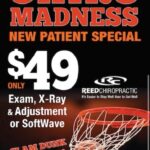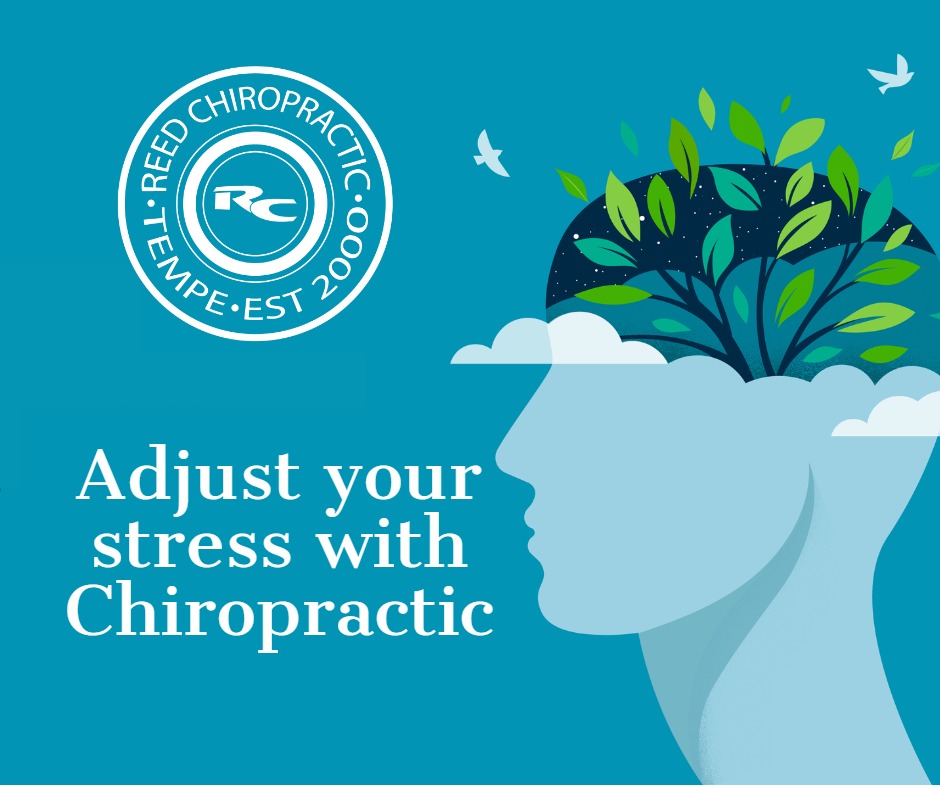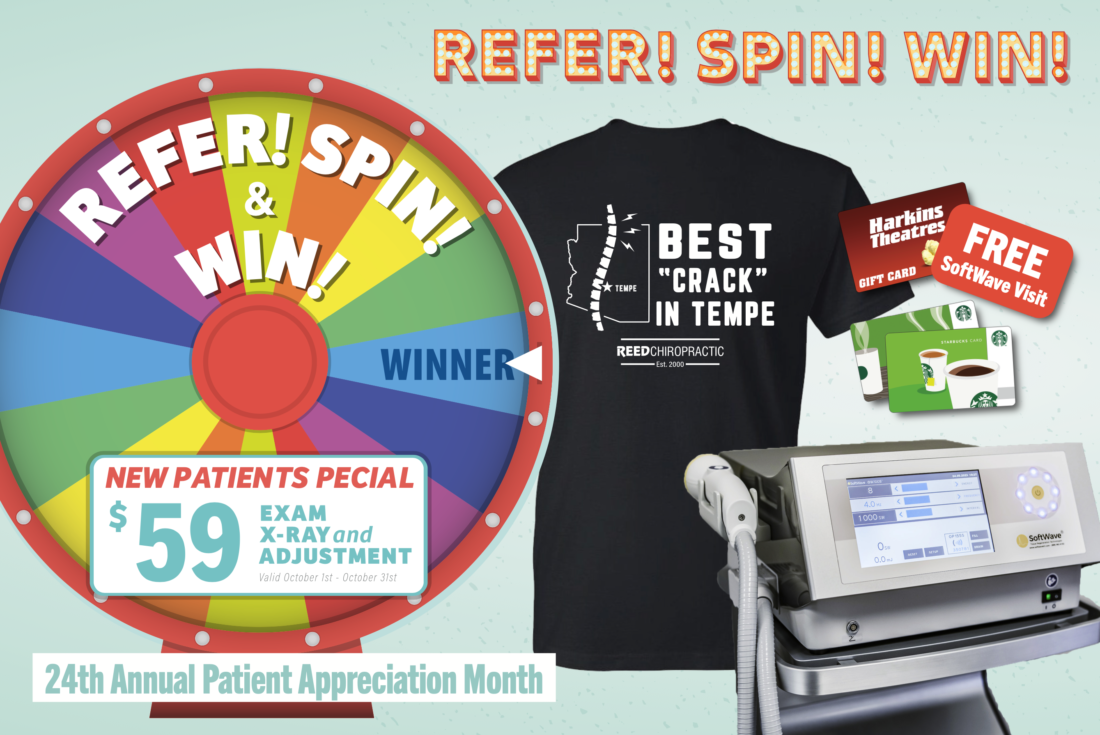ADHD Medications in Schools
Disturbing Facts about use of ADHD Medications in Schools
ADHD drugs are far from being recognized for their potential health hazards; they have gained a reputation as “cognition enhancers” among all students and young professionals. Narcotic painkillers, anti-anxiety drugs, and antidepressants are also notoriously over prescribed.
According to data from IMS Health, a whopping 48.4 million prescriptions for ADHD stimulants were written in 2011, up 39 percent from 2007.
As reported by CNN Health:
“Prescription ADHD medications like Adderall, Ritalin, and Vyvanse are becoming increasingly popular for overworked and overscheduled college students — who haven’t been diagnosed with ADHD…
Some researchers estimate about 30 percent of students use stimulants non-medically.
One 2008 study, which interviewed 1,800 college students, reported that 81 percent of them perceived illicit use of ADHD drugs as being completely harmless.
This is despite the fact that these drugs are Schedule II substances — just like cocaine, methamphetamines, and morphine. As such, drugs like as Ritalin, Vyvanse, Strattera, and Adderall have very real health risks.
Accidental overdose and/or acute adverse effects are also quite possible, as recent statistics demonstrate. According to a reportpublished just last year, ADHD drugs were responsible for nearly 23,000 emergency room visits in 2011.
This is a more than 400 percent increase in ER visits due to adverse reactions to ADHD medication in a mere six years. The increase was most dramatic among 18- to 25-year-olds. Far more serious adverse effects of ADHD drugs include:
- Permanent brain damage
- Liver damage
- Heart and blood vessel damage
- Heart attack, stroke, and sudden death
- Changes in personality, depression and/or hallucinations, and suicide
- Increased cancer risk
For more information on the disturbing facts about ADHD medications in schools contact our office and schedule a free consultation with on of our Chiropractors.








